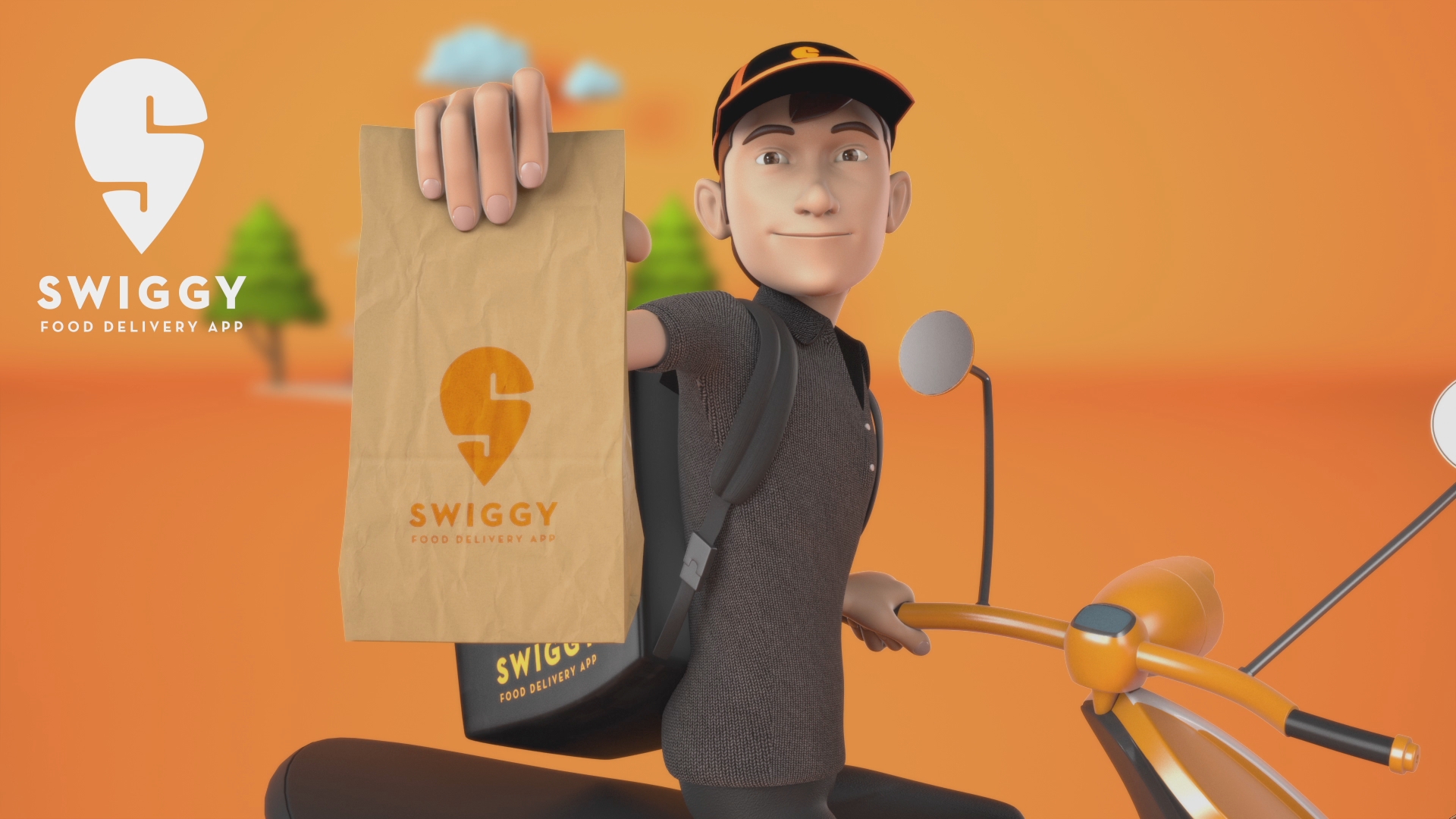In recent years, food delivery has completely overhauled how we consider eating. The rise of digital platforms has brought a variety of tastes right at consumers’ fingertips, from street style Maggi to the culinary delights of 5-star restaurants. Whether you want comfort food, want to try something new, or do not have time for cooking, modern delivery services have flipped the food experience by making convenience and variety a top priority.

Shift from Traditional Dining to On-Demand Food
Among the biggest changes in modern food culture has been a shift from traditional dining to on-demand delivery platforms. Food delivery companies have jumped in to bridge the gap between cooking at home and dining out as consumers want more convenience. The ability to have instant food like butter chicken and butter naan has created a dynamic shift in how we look towards meals, mostly among busy professionals and youngsters.
Expanding Culinary Horizons
Food delivery services have also widened the culinary landscape. Previously, accessing various cuisines meant taking a trip or going to expensive restaurants. Today, the delivery platform makes it possible for customers to order global cuisines from their sofas. This change has also introduced popular street foods like momos, which were earlier confined to some specific areas.
The Future of Food Delivery: Technology and Innovation
This is only going to grow in the future as technology becomes even more ingrained in our eating habits. Investments in drone deliveries and AI-based recommendations are some notable examples that indicate the industry’s preparedness for this next big leap. Now imagine you can order Maggi pasta, and it gets prepared and delivered by drone in minutes. Food delivery services will become more efficient, sustainable, and personalized as technology improves.
Supporting Local Economies and Small Businesses
Many times, modern delivery services are considered as one of the ways of supporting local economies and small businesses. Small restaurants and home-based cooks have found a way out by using such platforms to reach their customers without the need to operate traditional stores. This has enabled numerous local food sellers to achieve success in the highly competitive food sector, selling varieties like momos, Maggi masala, and special artisanal dishes that may not be easily accessible otherwise. To sustain and enhance local economies, delivery services link consumers directly with regional enterprises, which is beneficial to both sides.
Personalization and Wellness Trends
Growing health consciousness has triggered an increase in demand for better and more personalized delivery services. In response, delivery services are offering healthier choices and dietary customizable options. Nowadays, traditional comfort foods also appear cleaner or healthier to widen their audience. Customers want to have the choice and control over what goes in their order, and being able to customize orders has become a major selling point.
Finally, the power of modern delivery services knows no bounds. Food delivery platforms have altered the eating habits of millennia, introducing them to global cuisines and shifting culinary trends. With advancing technology and changing consumer needs, the future of our food landscape can only be more innovative — one that promises to dictate what we eat with a culture driven by modern delivery service convenience.